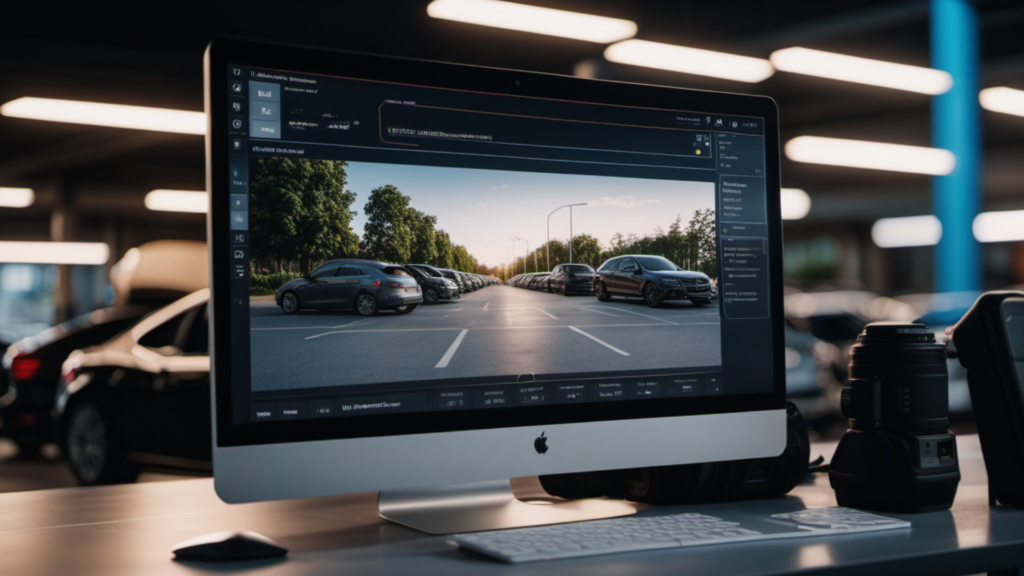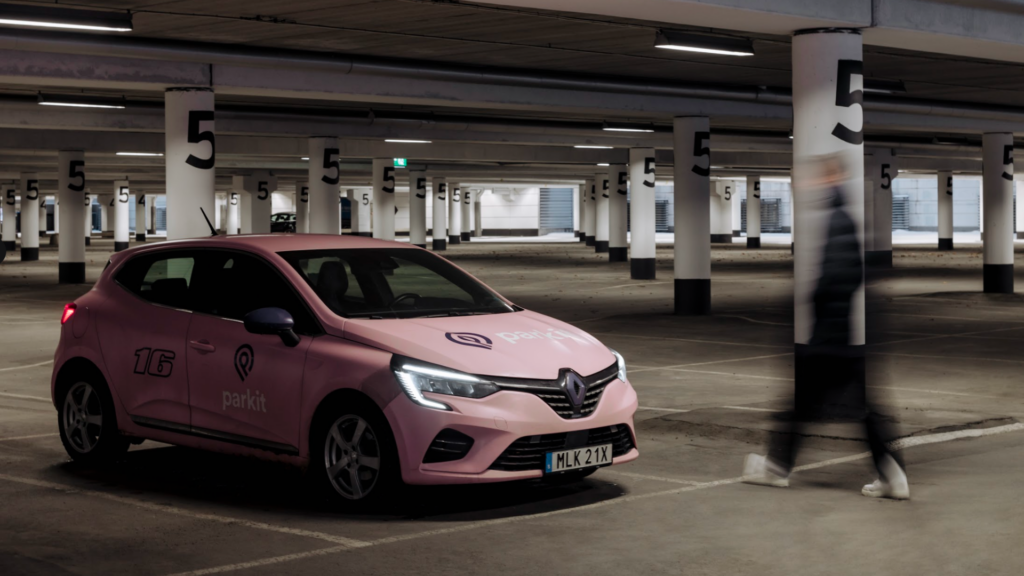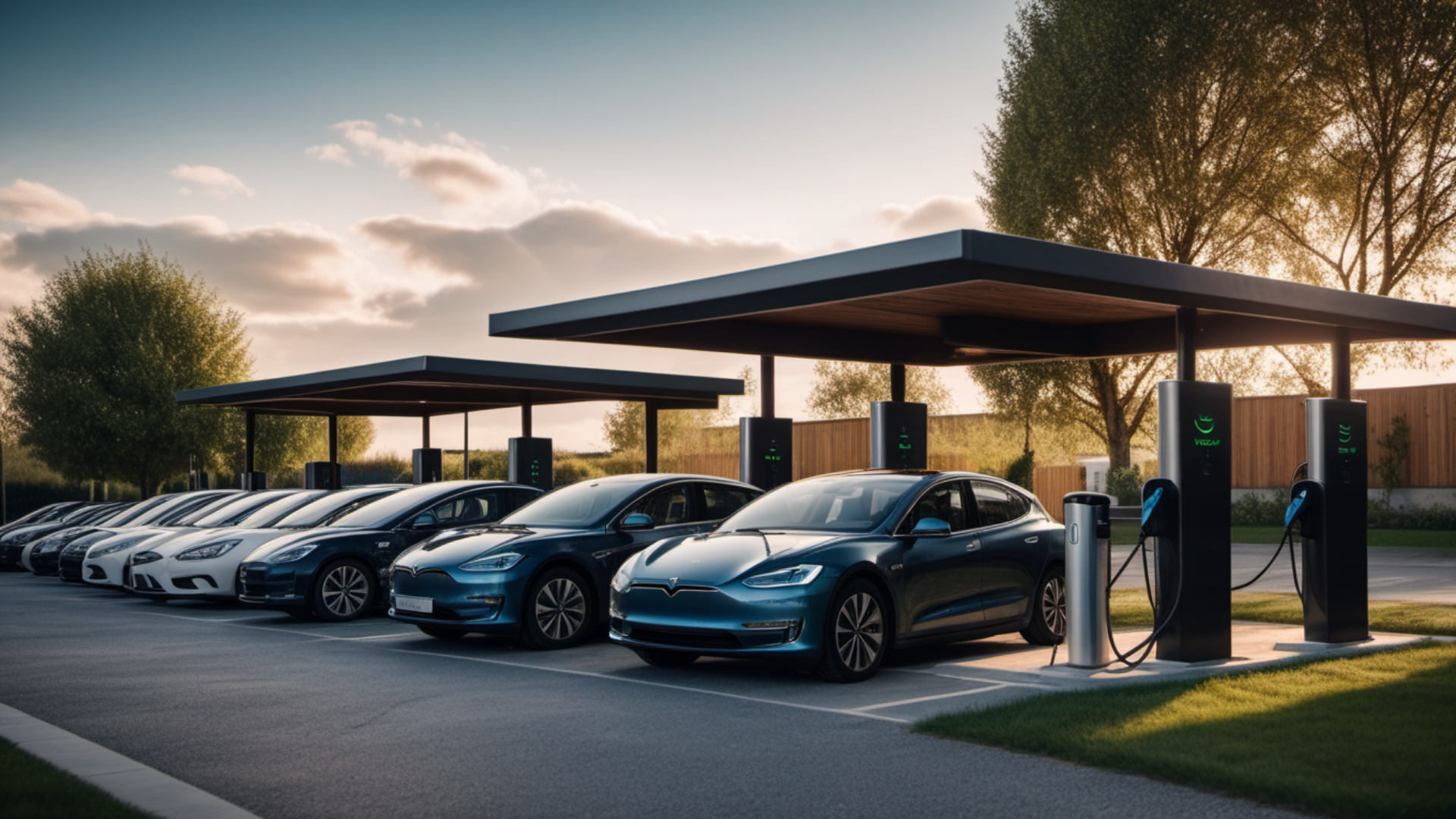5 tips for effective parking optimization
An organized and efficient parking management is crucial to create a smooth and well-organized environment for its users, whether it is a housing association, a commercial property or a public place. There are a plethora of strategies and measures that can be taken to optimize parking space and improve the user experience for residents, visitors and tenants.
In this blog post, we share five practical tips on how to optimize the parking area in a condominium or building.

Tip 1: Evaluate and optimize the parking area
Can the parking lot get crowded sometimes? Then parking optimization can be a solution. If you make sure that all areas are used efficiently, you will have a less cluttered parking lot from the visitor's point of view and a reduced need to invest in expanding the parking area. You can get a lot of parking spaces in a small area - we promise!
One of the basic principles of an optimized parking area is to ensure that the available space is used as efficiently as possible. This can include strategically placing parking spaces and other parking areas to maximize the use of the area.
For example, placing spaces near entrances and facilities reduces the walking distance for users, which creates a sense of comfort for the visitor and improves accessibility for people with limited mobility or who have heavy items to carry. Optimized parking also contributes to a more time-efficient visit for users, as they can easily find a space within a reasonable walking distance.
Tip 2: Invest in smart parking systems
With advanced technology, sustainable solutions and smart systems, the parking experience can be made smoother, more convenient, and more environmentally friendly. Smart parking systems can include features to manage and optimize parking permits, enable pre-booking of parking spaces, and offer payment options via mobile apps or digital payment systems. In addition, visitors, tenants or residents can be given easy access to the parking lot via automatic number plate recognition (ANPR) that does not require barriers or physical means of payment.

Tip 3: Innovative capacity and needs assessment
How is the parking area actually used? How many people visit the area daily, how long do they stay and what are their parking needs? A careful assessment of parking needs and capacity in the parking area is an important prerequisite for efficient parking management and a satisfactory customer experience.
This means analyzing factors such as the number of users, peak traffic times and any special requirements, such as disabled parking. By understanding these needs, parking space can then be optimally planned to meet demand and avoid congestion.
And it doesn't stop there - you can also use data analytics to optimize the pricing and design of parking areas to meet demand and make more efficient use of parking spaces. Smoothly? Smooth. 🍒
Tip 4: Safety first - the importance of a supervised parking area
Safe parking is essential for residents of an association, and for visitors and tenants of a building. There are a number of measures that can be taken to improve safety:
Gate & Garage (ANPR)
By far the most secure way to prevent unauthorized people from entering the parking area is to install Grind & Garage technology, where cameras read the license plate number and only open the gate for an already registered plate.
Parking attendants and camera surveillance
At Parkit, we often talk about the so-called "police effect", and the importance of having a regular presence of parking attendants, among others. It not only feels safe for residents and visitors to a property, but also works to prevent crime. Surveillance cameras can also be set up to provide security during the time when parking attendants are not on site.

Good lighting
It goes without saying - few people thrive in dim, dark public spaces. Except for thieves and other shady characters, of course. In addition to not giving them dark corners to hide in, good lighting makes it easier for drivers to navigate and find parking spaces, especially during evening hours or bad weather conditions. A well-lit parking lot also reduces the risk of accidents such as crashing into another car, poles or pillars, or in the worst case, another person.
Tip 5: Sustainable and environmentally conscious parking solutions
In our environmentally conscious society, there is a growing demand for environmentally friendly transportation options, so when revising your parking area, you should also consider installing solutions adapted to the means of transport of the future. This can increase the value of your property and attract environmentally conscious tenants and visitors who share your values of sustainability and environmental responsibility.
⚡ Charging stations
With the increasing popularity of electric cars and other rechargeable vehicles, being able to offer charging infrastructure in the parking area is of paramount importance, especially if you run a public business as many EV drivers often choose their destination based on this. Installing charging stations also makes the property attractive to tenants and visitors who own or are considering buying an electric car.

🤝 Pool car spaces
Pool cars, when several people share a car for business commuting or other purposes, are becoming increasingly common in and around buildings, especially at workplaces. Providing pool car spaces in the parking area can attract this customer segment while reducing the need for individual parking spaces. This is not only economically beneficial for users, but can also help to reduce congestion in the parking area.
🚲 Bicycle parking
Installing bicycle parking provides safe and convenient places for residents, visitors or tenants to park their bikes. This drastically reduces the need for traditional car parking spaces, thus saving parking space, while also demonstrating a commitment to environmentally friendly alternatives and sustainable urban construction.
